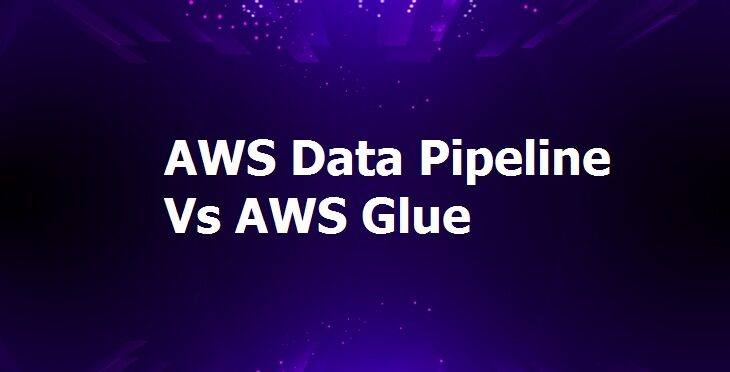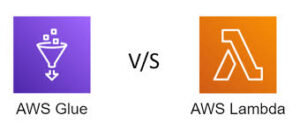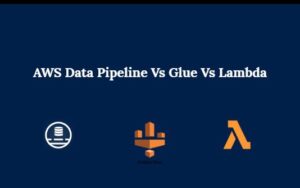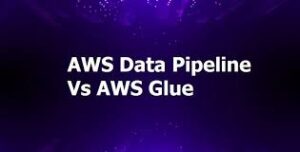AWS Data Pipeline vs Glue vs Lambda: Which One is the Best

Do you want to know the difference between AWS data pipeline vs glue? In this article, we will highlight all about Glue vs Lambda, Data pipeline vs Glue, AWS lambda vs Glue, AWS Glue vs Lambda, AWS glue vs data pipeline, AWS glue vs aws data pipeline, and AWS data pipeline vs aws glue.
AWS Data Pipeline is a workflow management tool for defining and scheduling data workflows. AWS Glue is a serverless ETL service that simplifies the ETL process and provides code generation and metadata catalog features. Data Pipeline focuses on workflow orchestration, while Glue focuses on ETL tasks.
AWS Data Pipeline vs Glue
Let’s compare AWS Data Pipeline and AWS Glue to understand their differences. Choose the one that aligns best with your specific use case and requirements! 😊:
AWS Glue is a serverless ETL service that simplifies the ETL (Extract, Transform, Load) process. It offers automatic code generation for ETL transformations and creates a metadata catalog automatically. AWS Glue supports various data sources like Redshift, SQL, Amazon RDS, Amazon S3, and DynamoDB. It is built on Apache Spark, so its ETL jobs are Scala- or Python-based.
On the other hand, AWS Data Pipeline is a workflow management tool that focuses on orchestrating and automating data workflows. It allows users to create data transformations using APIs and JSON. In addition to supporting Redshift, SQL, DynamoDB, and Shell, AWS Data Pipeline can also integrate with platforms supported by Amazon EMR (Elastic MapReduce) like Hadoop and Spark. It launches compute resources in the user’s AWS account, providing access to Amazon EC2 instances or Amazon EMR clusters for executing data processing tasks.
AWS Glue vs AWS Data Pipeline
What is the Difference Between AWS Data Pipeline vs AWS Glue?
1. Focus:
-
- AWS Data Pipeline focuses on workflow definition and scheduling.
- AWS Glue focuses on ETL (Extract, Transform, Load) tasks.
- Infrastructure management:
- AWS Glue is a serverless service, eliminating the need for users to manage infrastructure.
- AWS Data Pipeline requires users to manage the underlying infrastructure.
2. Code generation:
-
- AWS Glue automatically generates code for ETL transformations, making it easier for users with limited coding experience.
- AWS Data Pipeline does not provide automatic code generation.
3. Metadata catalog:
-
- AWS Glue automatically creates a metadata catalog, enabling centralized metadata management.
- AWS Data Pipeline does not offer a built-in metadata catalog.
4. Data sources:
-
- AWS Data Pipeline has predefined data sources.
- AWS Glue supports Redshift, SQL, Amazon RDS, Amazon S3, and DynamoDB.
5. Data backup/duplication:
-
- AWS Data Pipeline utilizes timestamp fields for data backup and duplication.
- The approach to data backup/duplication in AWS Glue is not specified.
6. Compliance requirements:
-
- AWS Data Pipeline may not fully comply with security requirements such as HIPAA or GDPR.
- Compliance information for AWS Glue is not specified.
7. Underlying technology:
-
- AWS Glue is built on Apache Spark, and its ETL jobs are typically Scala- or Python-based.
- The underlying technology for AWS Data Pipeline is not explicitly mentioned.
8. Operational methods:
-
- AWS Glue supports Redshift, SQL, Amazon RDS, Amazon S3, and DynamoDB.
- AWS Data Pipeline supports Redshift, SQL, DynamoDB, and all the platforms supported by EMR (Elastic MapReduce), in addition to Shell.






